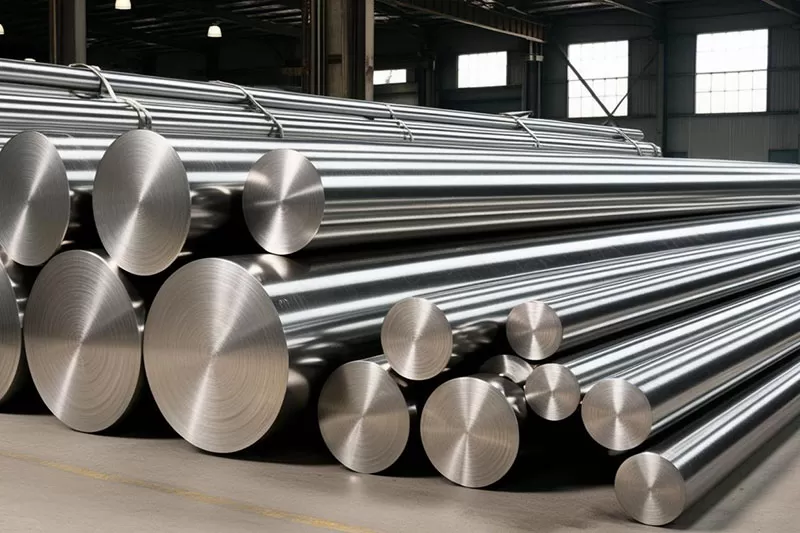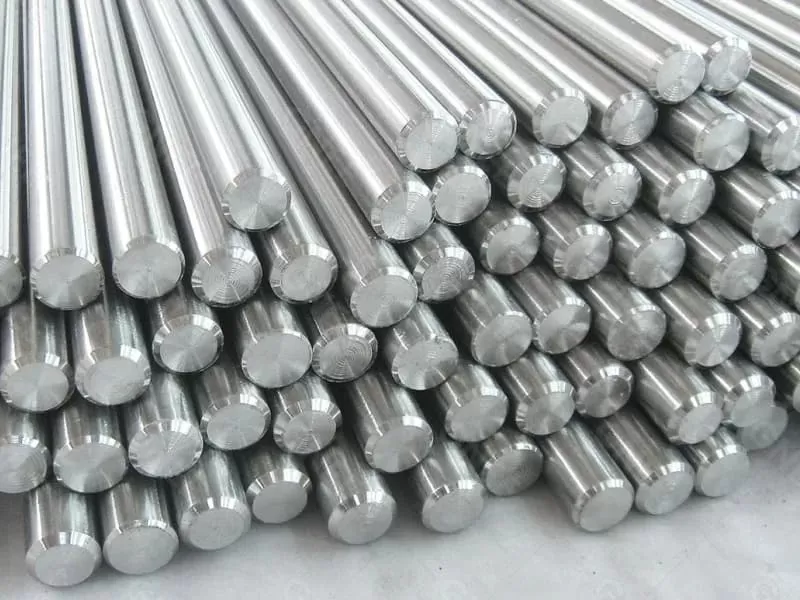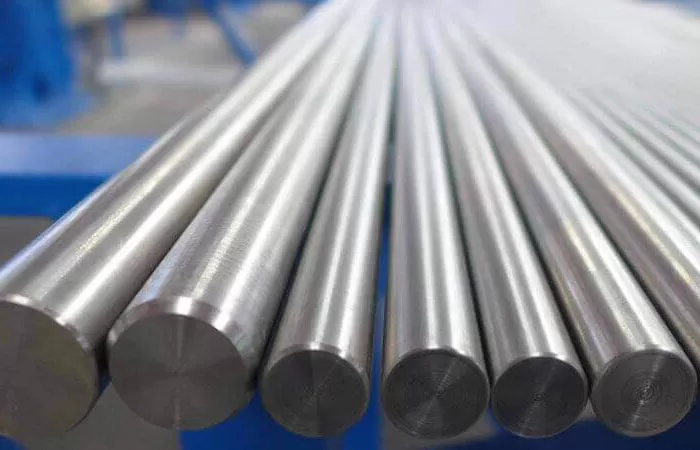
Nickel-based high-temperature alloys play a critical role in the aerospace and power generation industries, particularly in gas turbines. These alloys, known for their exceptional high-temperature strength, resistance to oxidation and corrosion, and durability under harsh conditions, are integral to the performance of modern gas turbines. This article will explore the importance of nickel-based alloys in gas turbines, their material properties, and ongoing developments to improve performance.
Material Properties and Composition
Nickel-based high-temperature alloys are composed primarily of nickel (Ni) with additions of elements such as chromium (Cr), molybdenum (Mo), aluminum (Al), titanium (Ti), and rhenium (Re). These elements enhance the properties of the base alloy, contributing to oxidation resistance, improved strength at high temperatures, and resistance to creep deformation. The alloy's ability to retain its mechanical properties under high temperatures is crucial for turbines, where operating temperatures can reach up to 1,500°C.
One of the defining characteristics of these alloys is their ability to form a stable oxide layer on the surface, especially when chromium and aluminum are present. This oxide layer helps prevent further oxidation of the material and extends its service life. Additionally, the addition of rhenium can improve the alloy's ability to resist thermal fatigue and creep.
High-Temperature Strength
High-temperature strength is the primary requirement for materials used in gas turbines. Nickel-based alloys exhibit remarkable resistance to creep and thermal fatigue, two phenomena that can significantly degrade material performance at elevated temperatures. Creep is the slow deformation of a material under stress at high temperatures, while thermal fatigue results from the cycling of temperatures during operation, which can lead to crack formation.
Nickel-based alloys resist these issues due to their strong microstructure, particularly the presence of gamma prime (γ’) phase strengthening. The γ’ phase is a precipitate of nickel and aluminum that strengthens the alloy at elevated temperatures by impeding the movement of dislocations within the material's crystal structure.
Oxidation and Corrosion Resistance
Operating in the harsh environment of a gas turbine means that the materials must also resist oxidation and corrosion. At high temperatures, the turbine blades and other components are exposed to hot gases, which can cause oxidation and the formation of a detrimental oxide scale. The oxidation resistance of nickel-based alloys is mainly attributed to the presence of chromium, which forms a stable Cr2O3 layer on the surface of the alloy. This oxide layer prevents further oxidation and protects the underlying material from high-temperature degradation.
Furthermore, the alloy’s resistance to sulfidation, carburization, and other forms of corrosion is essential in gas turbines, which often operate in environments containing sulfur and carbon species that can severely degrade materials. By modifying the alloy's composition, engineers can improve its resistance to these forms of corrosion, making it more durable in challenging operating conditions.
Current Research and Developments
While nickel-based alloys have been successfully used in gas turbines for decades, the demand for more efficient turbines with higher operating temperatures continues to drive innovation in alloy development. The next generation of nickel-based alloys aims to push the boundaries of temperature and mechanical performance even further. Key areas of research include the development of alloys that can withstand temperatures exceeding 1,600°C, improvements in oxidation resistance, and better fatigue and creep resistance.
Researchers are also exploring additive manufacturing (3D printing) as a way to produce more complex and optimized component geometries that can further enhance the performance of gas turbines. The use of advanced computational techniques, such as machine learning and simulation, allows for the design of alloys with highly tailored properties.
Nickel-based high-temperature alloys are indispensable in the operation of gas turbines, providing the necessary strength, resistance to oxidation, and durability required to handle the extreme conditions found in aerospace and power generation applications. As turbine technology advances, so too will the materials that drive them. Continued research into new alloys and manufacturing techniques promises to unlock even greater efficiencies and capabilities for the next generation of high-temperature components.

2025-12-11 16:42:29

2025-11-19 14:09:22

2025-11-07 17:27:49

25th floor, C3 Building, Wanda Plaza, Kaifu District, Changsha, Hunan Province, China